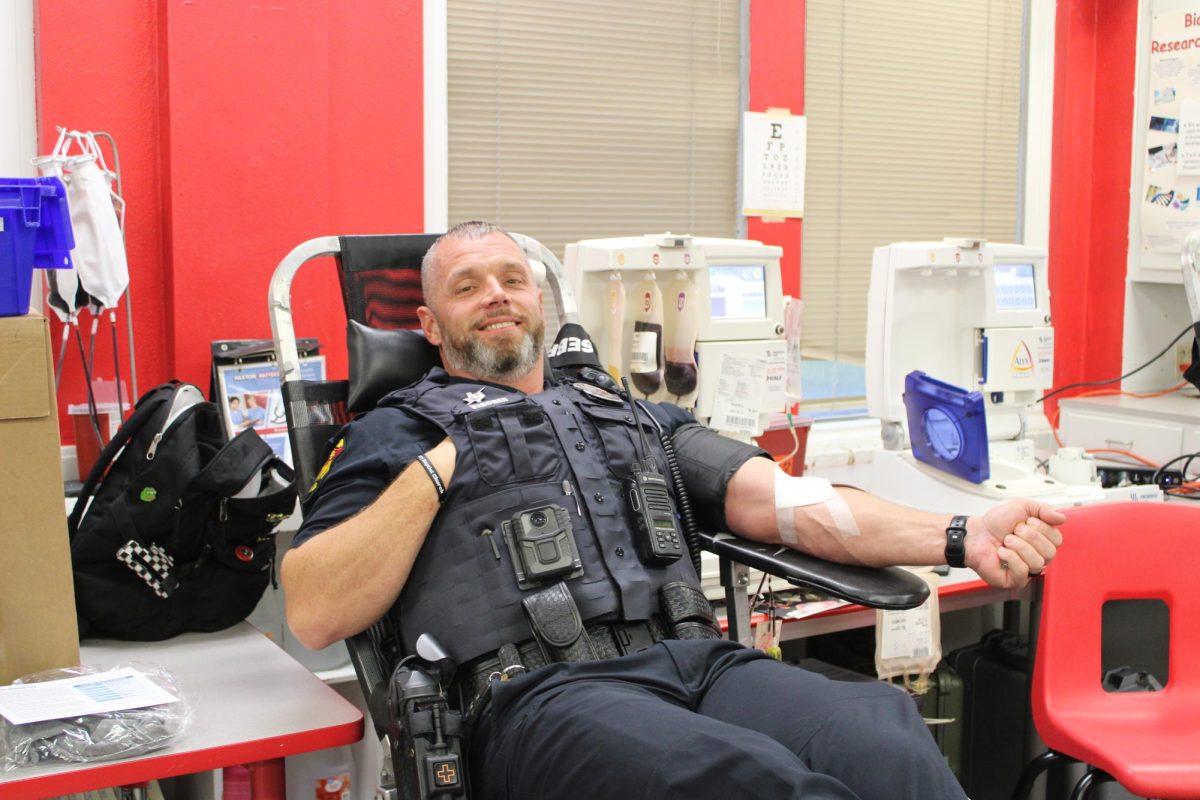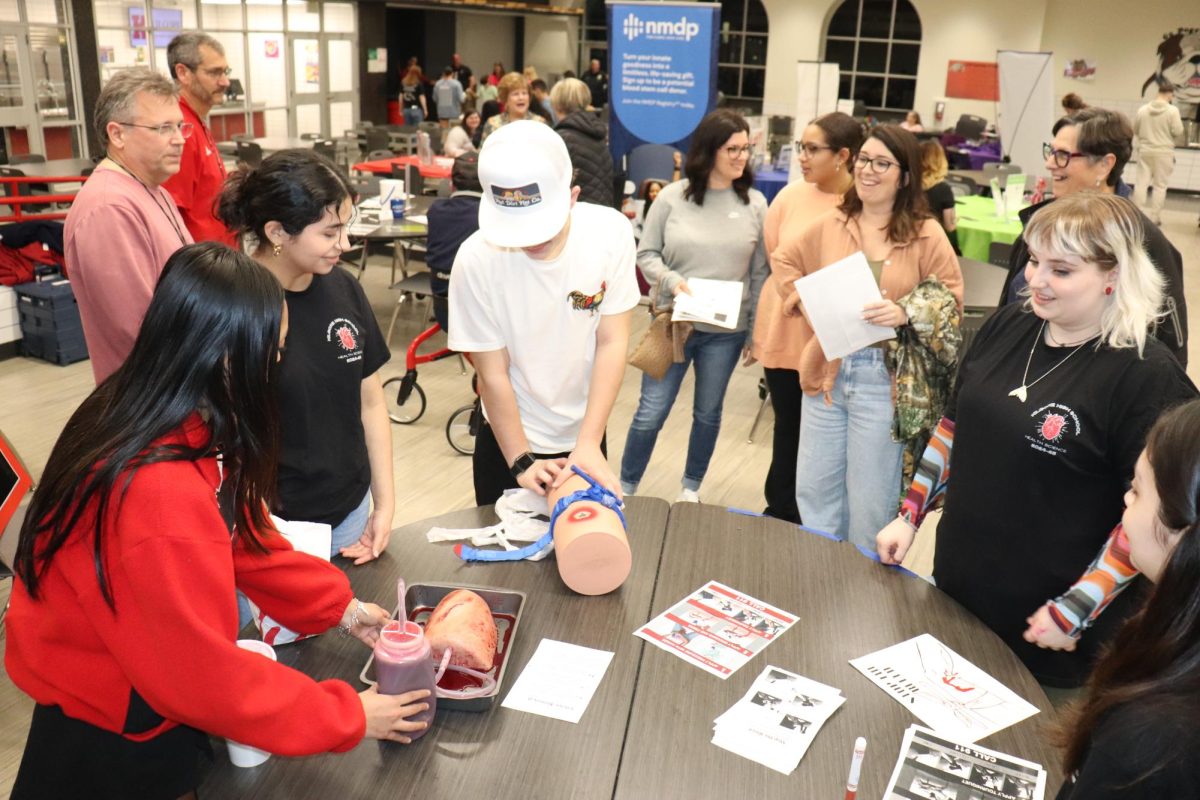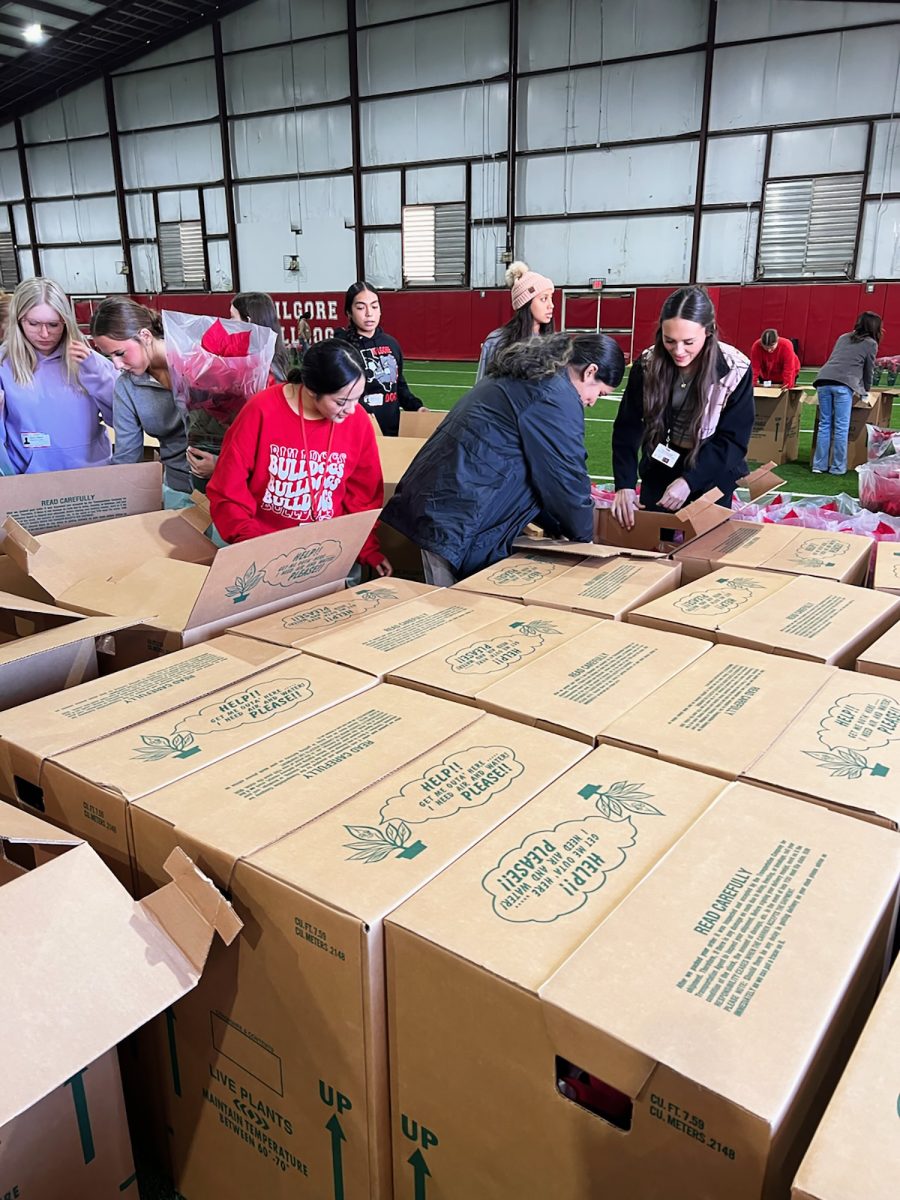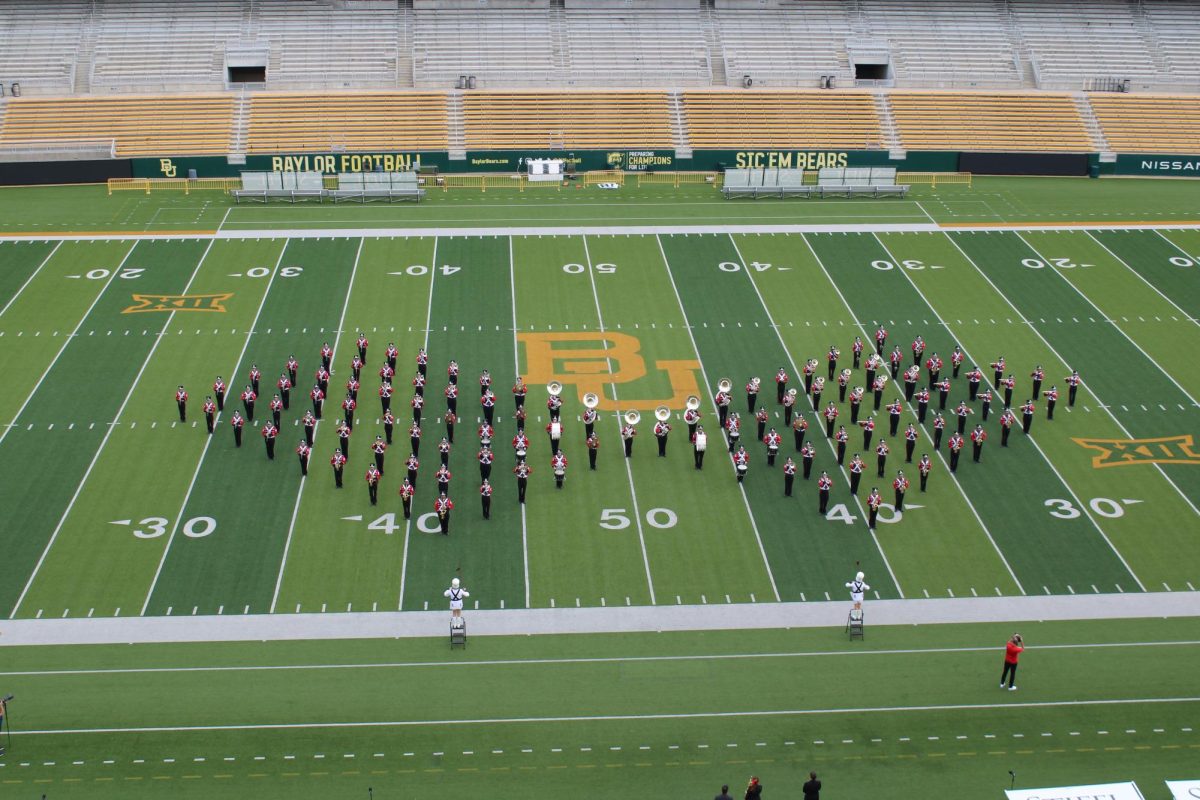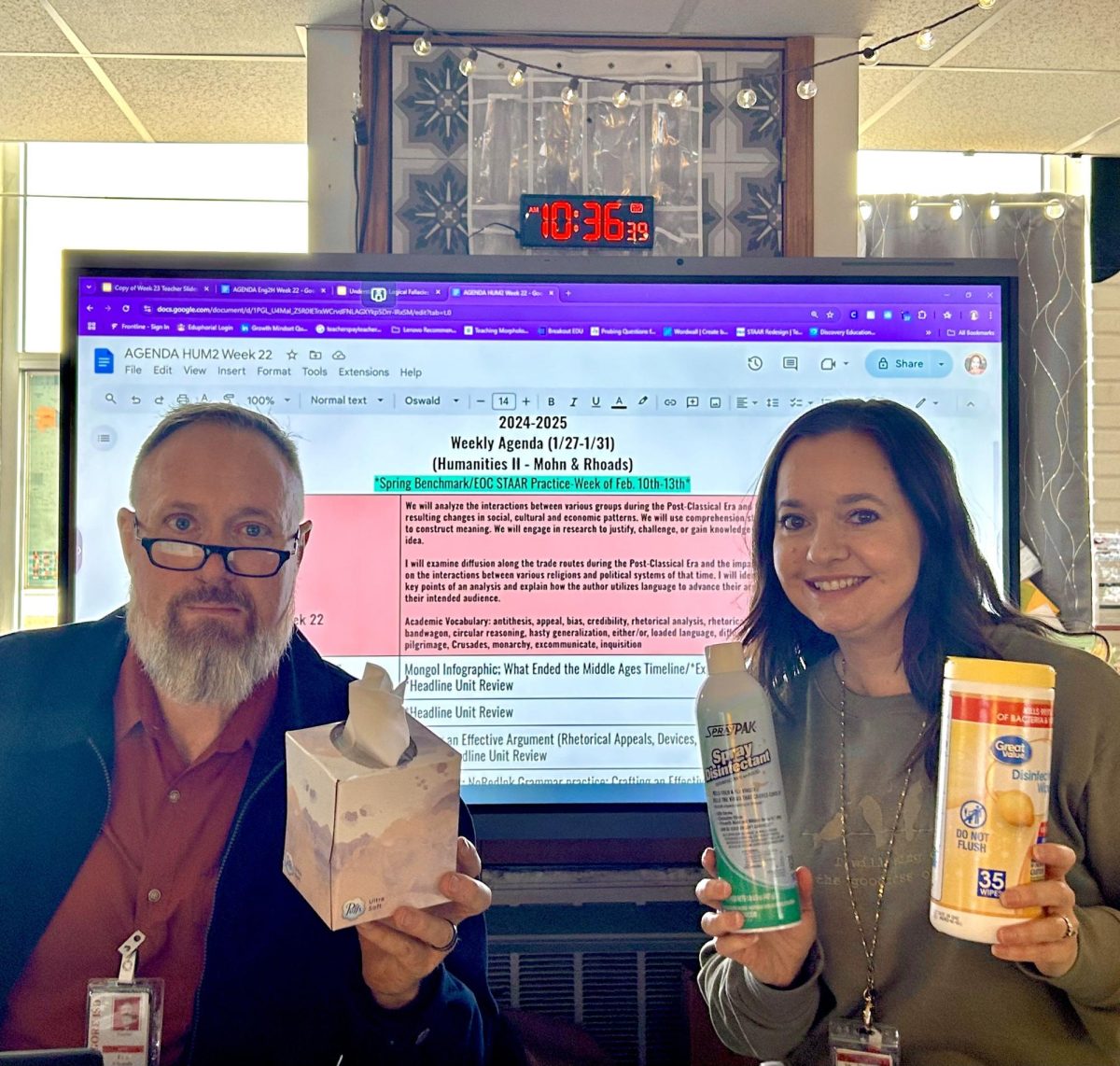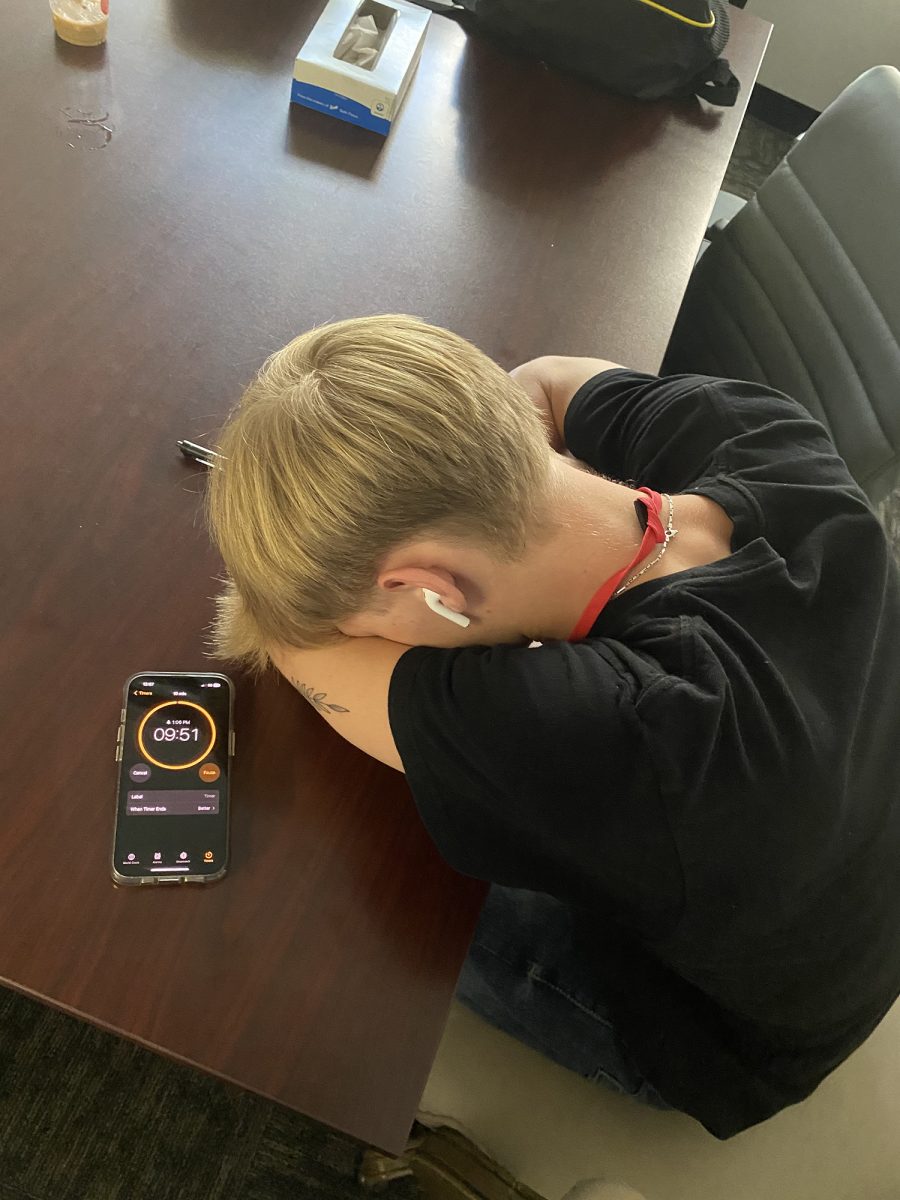Thursday Oct. 31, students donated blood to help with surgeries, medical treatments and emergencies. By the school running blood drive events it allows hospitals a steady supply of blood for patience.
“School blood drives contribute a significant portion of donations, and each unit of blood collected can save up to three lives,” Health Science teacher Cheyenne Kirkpatrick.
For students donating blood, you should know it’s important to stay hydrated the day before and day of. Students would benefit by eating healthy foods as well, especially ones rich in iron such as leafy greens or red meat. This helps keep blood healthy. Students’ donations are saving lives, so they should be getting sufficient amounts of rest the night before. The recommended sleep time is 8 hours.
“Getting plenty of rest the night before will help students feel energized,” Kirkpatrick said.
Donating can feel rewarding to students, knowing they are saving lives. They can also earn points to redeem for gift cards or other items. When a senior donates twice in their last year, they are rewarded with a red cord for graduation.
How does it work? Well, students that have signed up are pulled from their classes when it’s their turn. Each donor completes a questionnaire and a screening process that tests their blood pressure, temperature, pulse and iron levels. When the students are cleared, a phlebotomist will draw a pint of blood using tubes and a needle. Students can donate whole blood every 8 weeks and double red every 16 weeks.
“Students may experience side effects such as dizziness and fatigue,” Kirkpatrick said. “It’s important to sit down and rest for a moment if the students feel lightheaded. Most side effects are mild-and temporary.”
Don’t be afraid, and donate some blood, it can save lives. There are more blood drives to come!


